Countdown to GSAT-6 launch begins
Thu 27 Aug 2015, 12:06:39
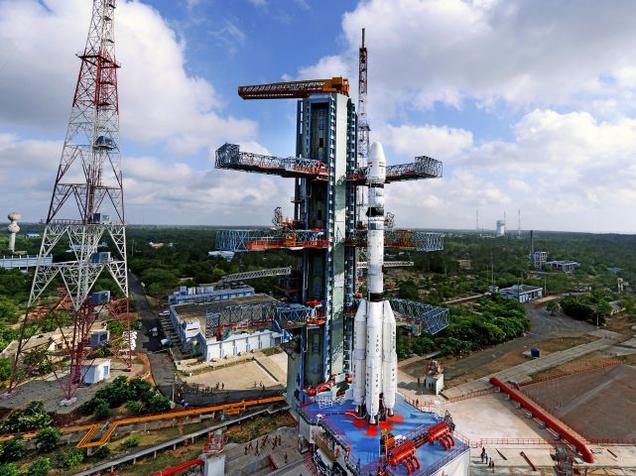
Chennai: The 29-hour countdown to the launch of advanced communication satellite GSAT-6 using the GSLV-D6 rocket, powered by the indigenous cryogenic engine, began at 11:52 am on Wednesday at Satish Dhawan Space Centre at Sriharikota, about 90 km from here.
“The countdown of GSLV-D6/GSAT-6 Mission has commenced today (Wednesday). The launch is scheduled for 16: 52 pm on Thursday,” a senior Indian Space Research Organisation (Isro) official told. The GSLV rocket, carrying the 2,117-kg satellite, will lift off from the second launch pad at the space centre.
According to the Isro official, the mission readiness review (MRR) committee and the launch authorisation board (LAB) had cleared the launch, following which the countdown commenced on Wednesday morning.
“The second stage (GS2) N2O4 filling completed at 2.00 pm on Wednesday,” the official said adding all the health parameters are fine. About 17-18 minutes after lift off, the satellite will be placed into the geosynchronous transfer orbit.
This would be the first GSLV mission for Isro in 19 months, the last one being the successful
GSLV-D5 mission in January last year. Recently, Isro had successfully ground-tested the indigenously developed high thrust cryogenic rocket engine for a duration for 800 seconds on July 20 at the liquid propulsions centre at Mahendragiri in Tamil Nadu.
GSLV-D5 mission in January last year. Recently, Isro had successfully ground-tested the indigenously developed high thrust cryogenic rocket engine for a duration for 800 seconds on July 20 at the liquid propulsions centre at Mahendragiri in Tamil Nadu.
This is the third time the indigenously developed cryogenic upper stage (CUS) was being carried on-board a GSLV flight.The 49.1-metre-tall GSLV-D6, with a lift-off mass of 416 tonnes, is significant since it intends to continue the testing of CUS.The satellite provides communication through five spot beams in S-band and a national beam in C-band for strategic users. The cuboid shaped GSAT-6 has a lift-off mass of 2,117 kg. Of this, propellants weigh 1,132 kg and the dry mass of the satellite is 985 kg.
One of the advanced features of GSAT-6 satellite is its S-band unfurlable antenna with a diameter of six metre. This is the largest satellite antenna realised by Isro. This antenna is utilised for five spot beams over India. The spot beams exploit the frequency reuse scheme to increase frequency spectrum utilisation efficiency. The satellite’s life span is nine years.
No Comments For This Post, Be first to write a Comment.
Most viewed from Specials
Most viewed from World
AIMIM News
Latest Urdu News
Most Viewed
May 26, 2020
Can Lionel Messi's visit boost Indian football?
Latest Videos View All
Like Us
Home
About Us
Advertise With Us
All Polls
Epaper Archives
Privacy Policy
Contact Us
Download Etemaad App
© 2025 Etemaad Daily News, All Rights Reserved.

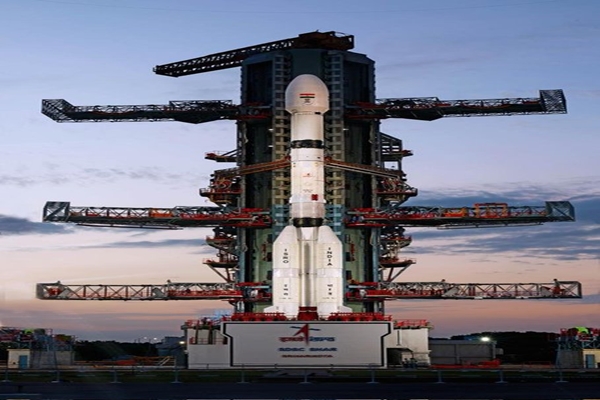
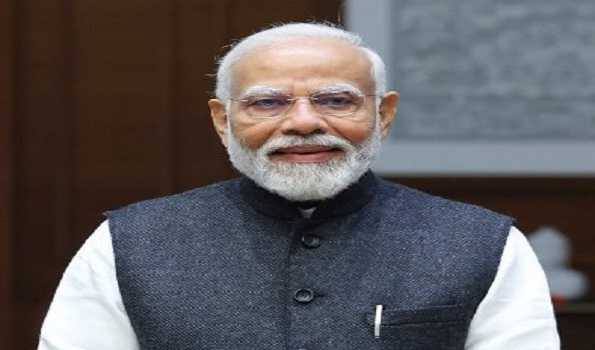
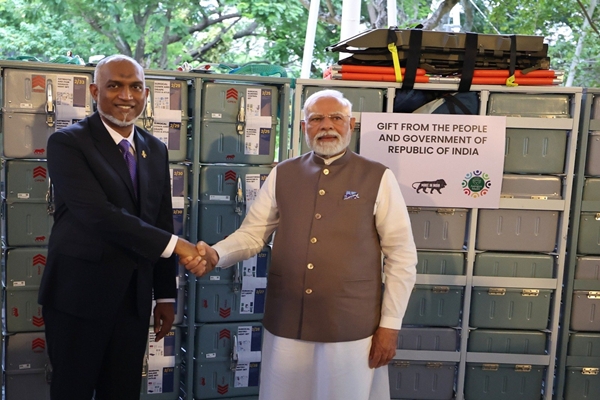
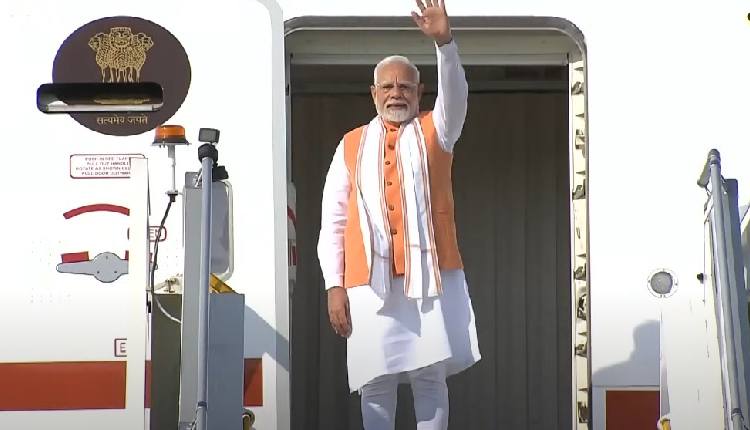


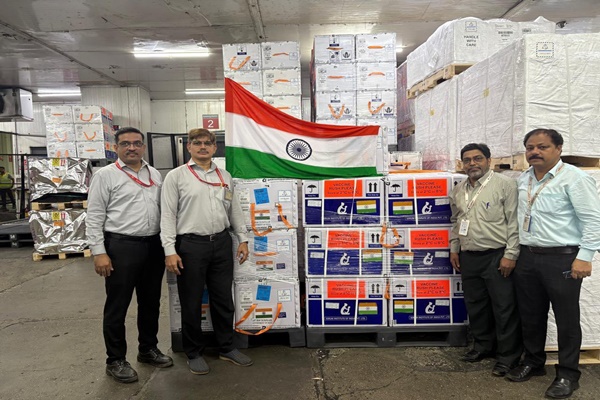
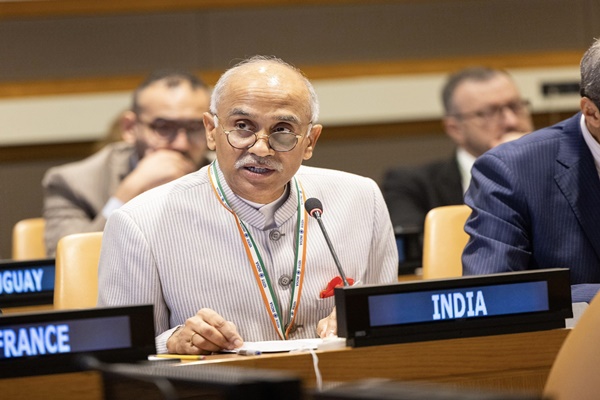
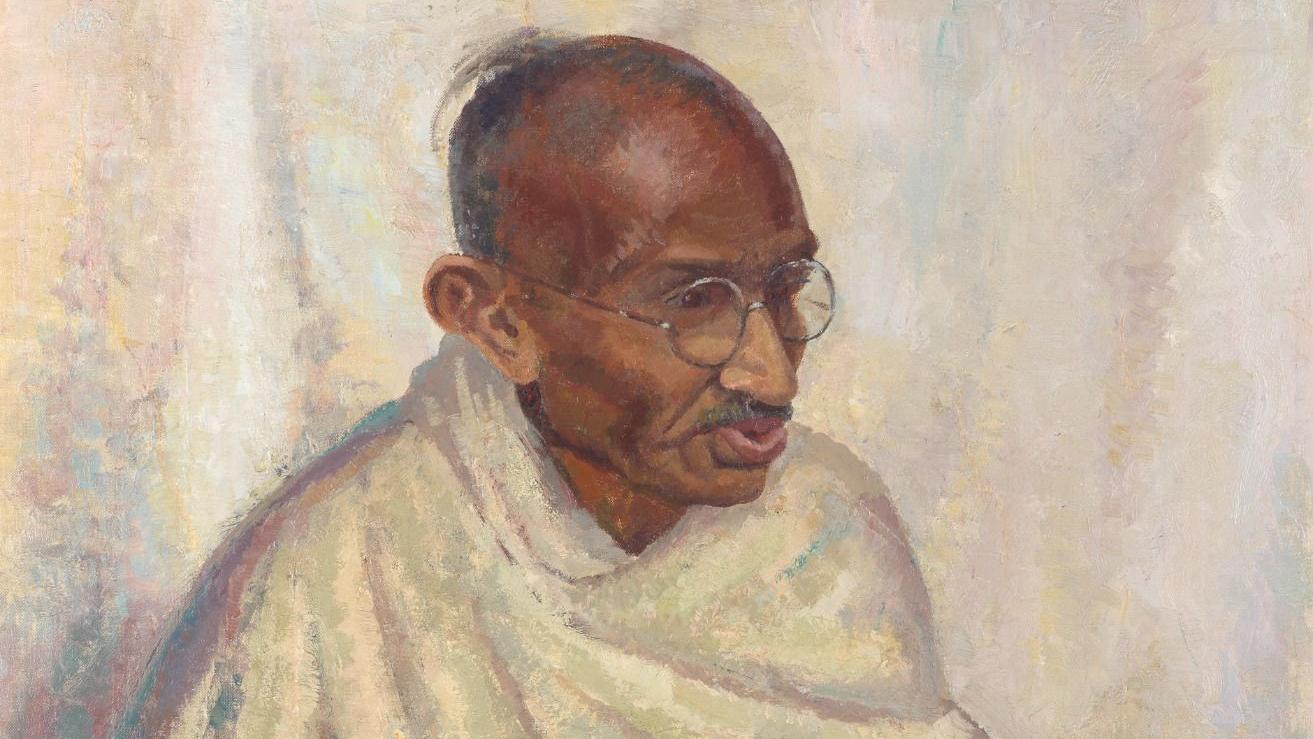

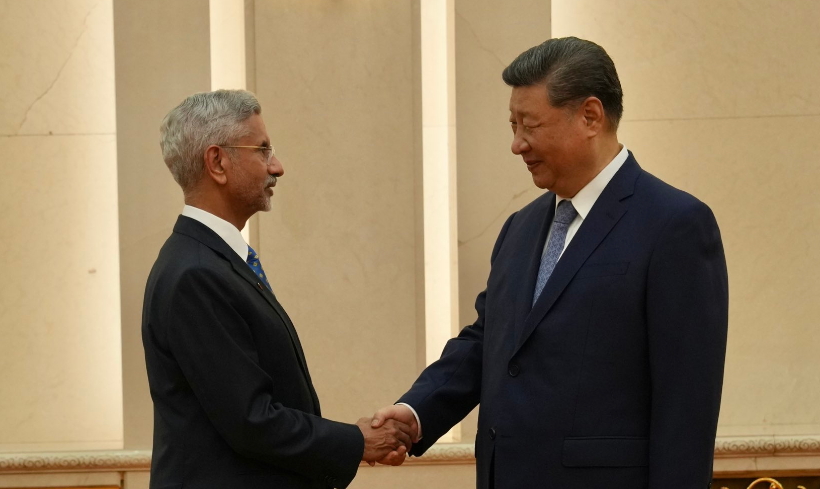





.jpg)
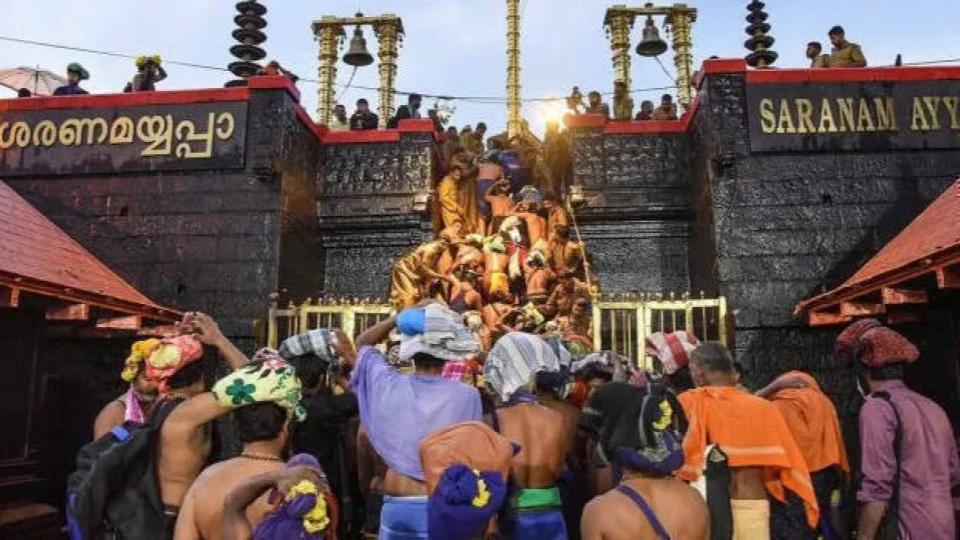

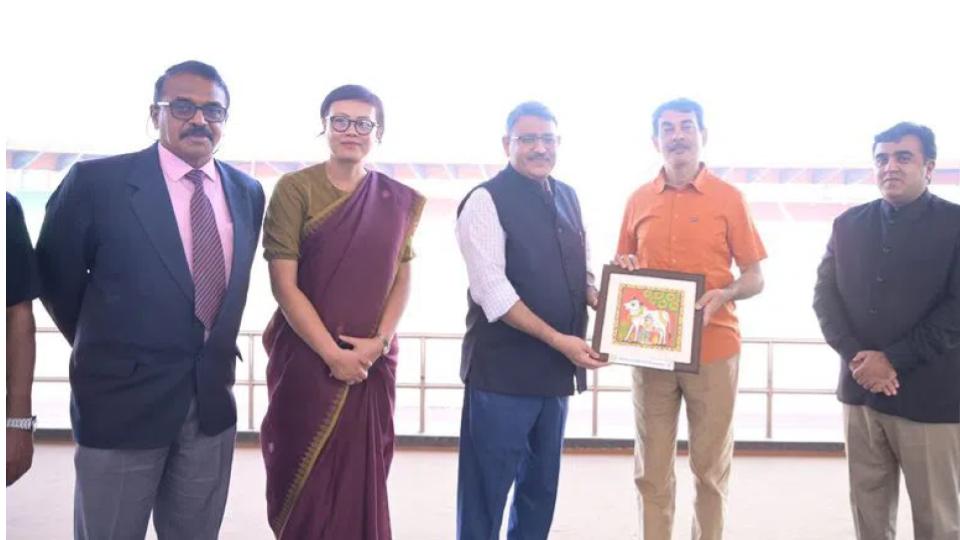


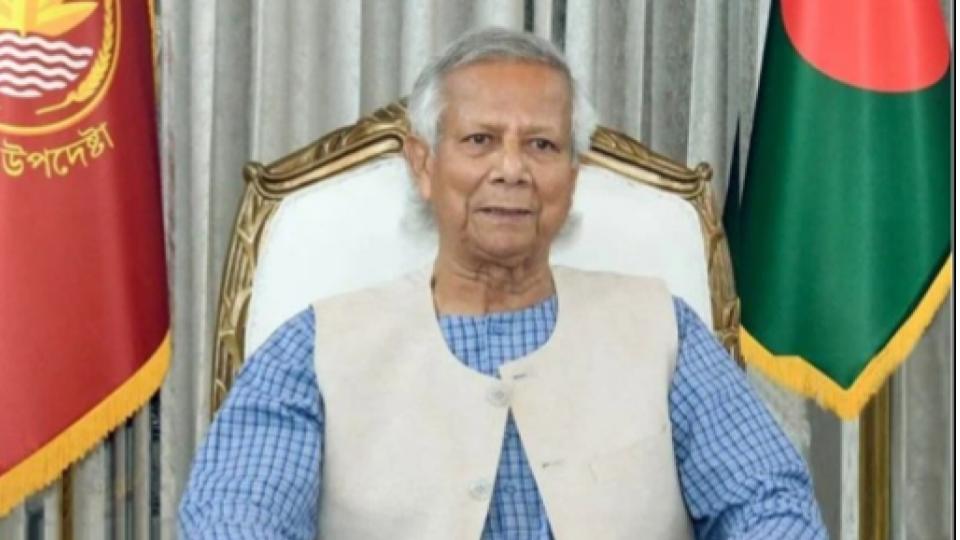













.jpg)
.jpg)
.jpg)


